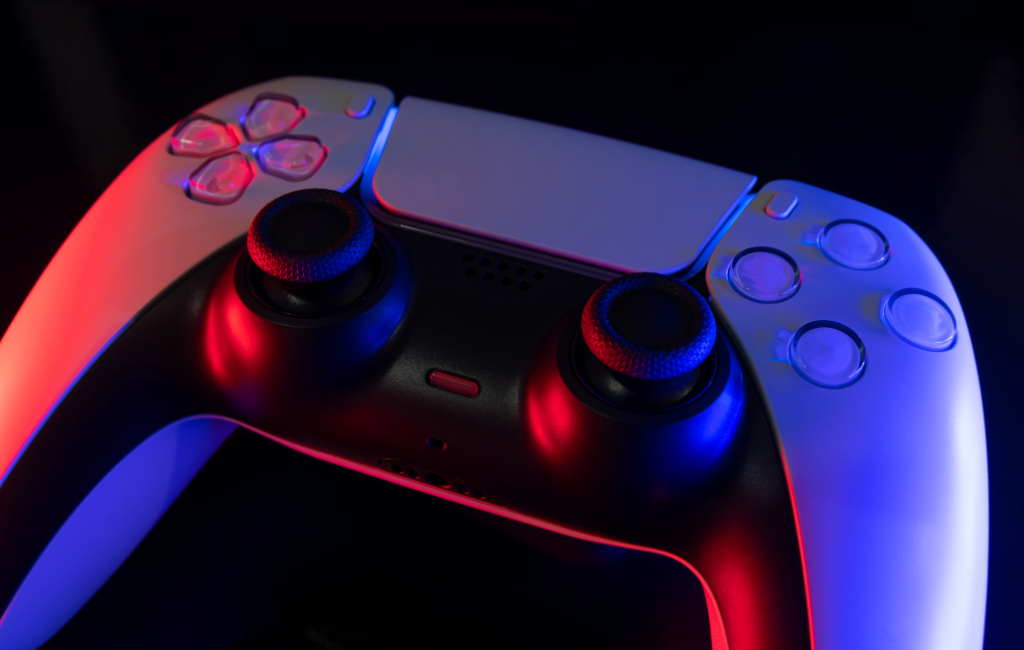High Temps Call for High-Tech Edutainment
From clunky kinetoscopes to cutting-edge video games, communication is cool at the Sony Wonder Technology lab.
Published July 24, 2006
By Adelle Caravanos
Academy Contributor

Sidewalks that sizzle, subway seats that stick to your skin, and smells that are, well, unsavory at best. Summertime in New York City can be a drag. But on a sweltering day, students of all ages can ease their overheating heads — and feed their minds — on a visit to the Sony Wonder Technology Lab.
Swarms of day campers, families, and technophiles find solace at the four-story, 14,000-square foot center, located at the corner of 56th Street and Madison Avenue. The Lab’s exhibitions and programs explore the technology and history of media and communication, from the development of television and telephones, to computer processors, programs, and video games. Touch-screen monitors and personalized learning stations, designed for kids aged 8 to 14, allow visitors to experience, first-hand, the technology that enables us to talk to each other, to record and preserve the moments that are important to us, and to make life easier and more enjoyable.
On any given weekday, expect to see small scientists and emerging engineers — many in matching camp couture — as 1,000 or more visitors explore the Lab each day. From Harlem to Park Slope, Flushing to Riverdale, campers, kids, and parents (yes, they’re invited, too) flock from all areas to explore this free expo of hands-on science and technology, opened in 1994 and funded by the Sony Corporation of America.
The first-stop at the Lab: a log-in station that records your name, photo, and voice sample to connect with a bar-coded ID card. Swiping the card at various stations as you wander throughout the Lab lets you log in as the “media trainee” and projects your image onto exhibit screens as you pass by.
Learning the History of Communications
Visitors begin their tour of the Lab with a lesson on the history of communications, taught via video monitors along the Communications Bridge, a walkway to the hands-on stations. Images from the clunky kinetoscopes of the 1890s lead into those of the early days of silent films; these give way to the iconic scenes of movies such as From Here to Eternity, and end at high-definition television shots so crisp it appears that the screen is the only thing keeping the picture inside the monitor.
The Communications Bridge leads visitors into the modern age, and into the Technology Workshop, a set of exhibits that allow trainees to explore basic mechanisms of communication — creating audio and visual samples, and transmitting and receiving these samples as signals via satellites. Kids can view and magnify the inner electronics of computers, video recorders, monitors, and other pieces of equipment.
In one exhibit, trainees must record representative samples of American music for a NASA capsule that will be sent into space. While choosing which music to send may seem difficult (Public Enemy, Johnny Cash, and Billie Holiday are among the choices), the real challenge is deciding the correct sampling rate so the music stays withing the 100 megabyte limit, while being careful to preserve sound quality.
The next series of exhibits focuses on the abundant ways communication technology is used in professional settings — from operating rooms to factories, from the National Weather Service to the sound stage of a children’s TV show.
Entertain Your Brain
At one station, visitors learn about the technology behind the ultrasound instruments that doctors use to examine pregnant women; nearby, you can program a robotic arm to pick up a metal ball and move it to its destination. At the Environmental Research Command Center, trainees track the progress of a hurricane approaching the East coast, and make recommendations to local governments about the deployment of the National Guard. And at the movie studio, aspiring directors, producers, and editors use a full size television camera to tape and edit a broadcast.
For gamers in your group, the Lab has an entire section devoted to how video game developers create the challenging trials for Playstation and other systems. Trainees can make their own car racing game, and then play out the results — a very popular area of the Lab.
In addition to the exhibits, the Lab also screens high-definition films all day, and hosts free or low-cost classes and special events for kids of all ages. So before you let the heat halt your family’s learning for the summer, stop in to the Sony Wonder Technology Lab and entertain your brains.
Do you know a young, inspiring scientist? Encourage them to check out the Academy’s educational programming.
